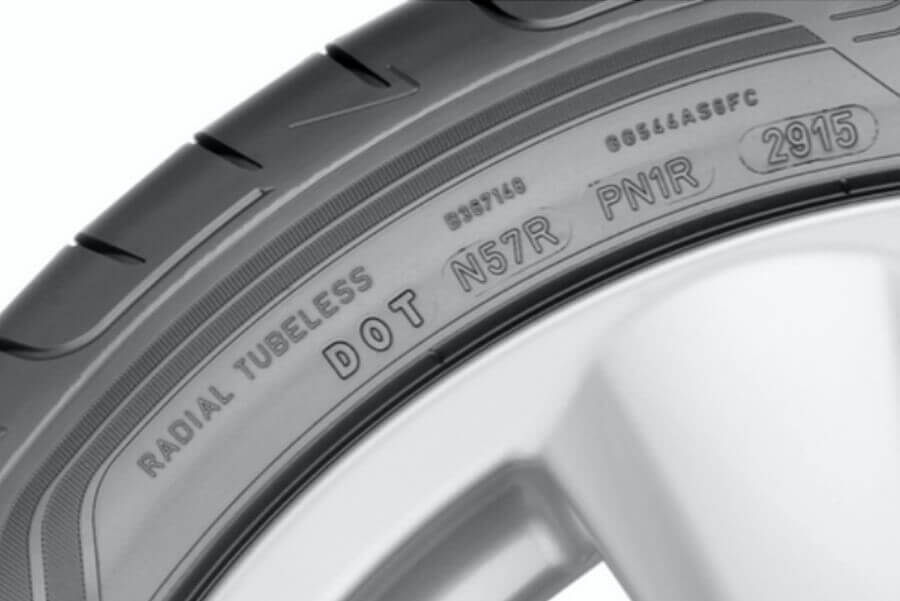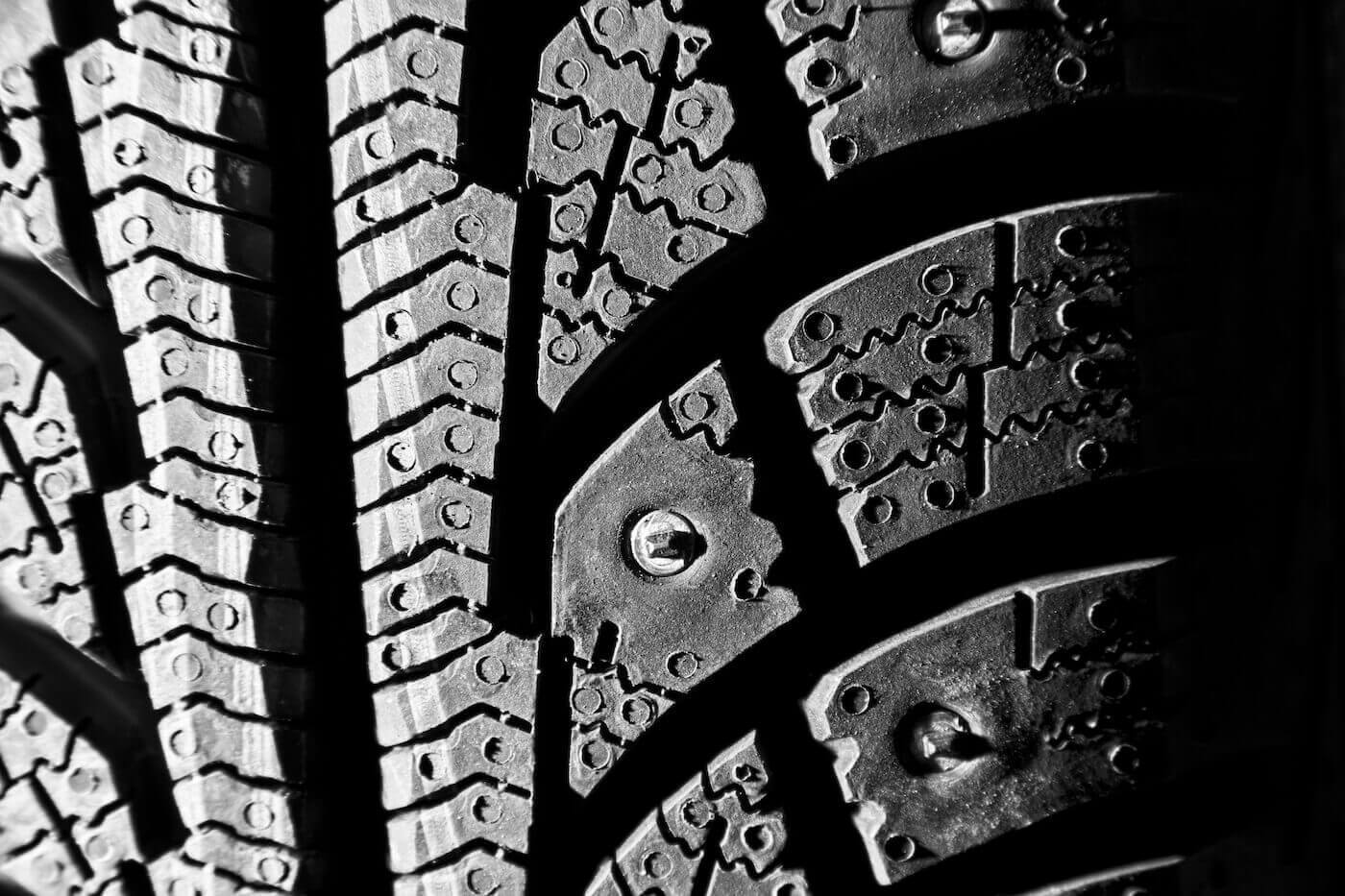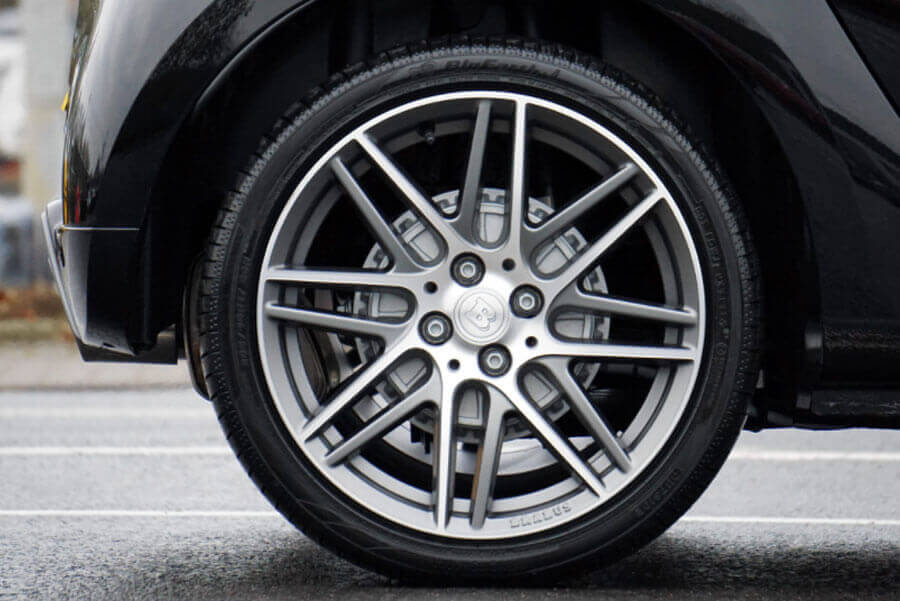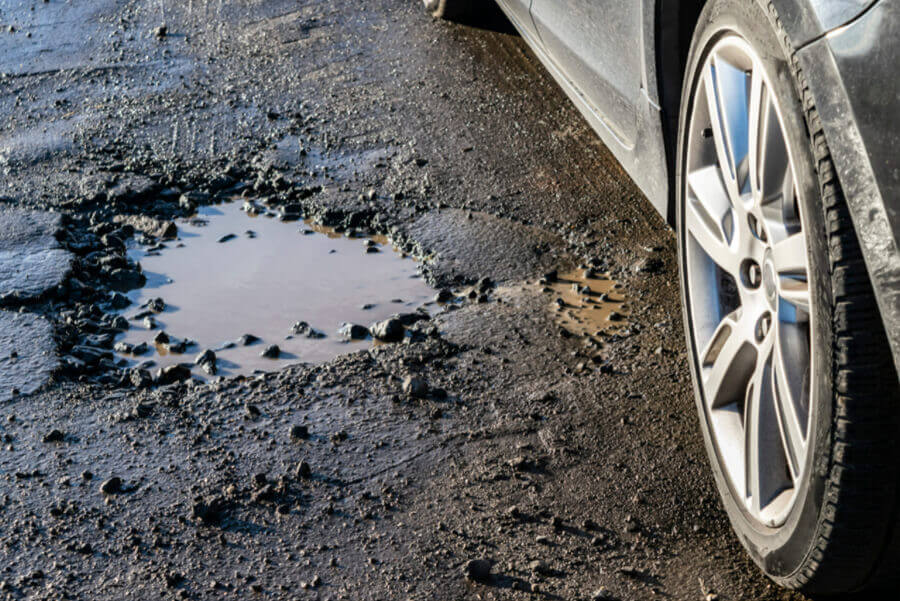Regular readers of our blog may remember our article telling you all about the famous DOT code. The DOT or Department of Transportation number is a series of letters and digits that identifies every tire sold in North America. It contains a lot of useful information, both for you and your mechanic. In particular, it allows you to know the exact date of manufacture of your tires, up to the week, and thus know if you own expired tires.
It is important to be aware of the age of your tires when storing them or putting them back on after a period of storage. It’s one of the best ways to know if it’s time to replace them or if you can hold out for another year! Here’s how to read the date.
The value of the DOT code date
All done? Were you surprised by the date of manufacture on your DOT code? If it was within the last five years, no worries. Just about any tire used in a normal manner will provide optimum performance at least five years after it is manufactured. If, however, your tire is more than ten years old, you’ll need to think about replacing it soon. If you haven’t found one, stop driving immediately: they have been mandatory since the year 2000!
There are several factors that come into play. The storage conditions of the tire also have a big role to play in the aging of the rubber. Everyone knows that in Canada, the temperature varies greatly between seasons. These variations can shorten the life of the tire. Living in coastal areas can also accelerate the aging process. In short, ten years is the maximum, but in many cases, they will have to be changed before that!
And what happens if you have expired tires?
Even if you don’t use them much, the rubber in tires hardens with age, which can lead to a host of problems. The sidewalls tend to be the first place where cracks can appear. These cracks weaken the structure and reduce shock absorption. On the tread, cracks can develop into deeper fissures, a common cause of flat tires.
We strongly recommend that you don’t let your tire get to that point! After five years, a regular check of the rubber condition is in order. Why not mention it to your mechanic when you change your oil, for example? At home, a quick examination of the rubber is all it takes to see the progression of wear. If you feel a noticeable difference while driving, it may be time to go shopping for new ones!
Tire selection will also have a big impact on tire lifespan. Some brands offer specialized products to maximize longevity. These include the Cooper CS5 Grand Touring and the Goodyear Assurance Tripletred All-season. You can usually find out their long-term reliability by checking the warranty. The latter two, for example, are guaranteed for up to 130,000 km. That’s more than three times the distance around the Earth!






